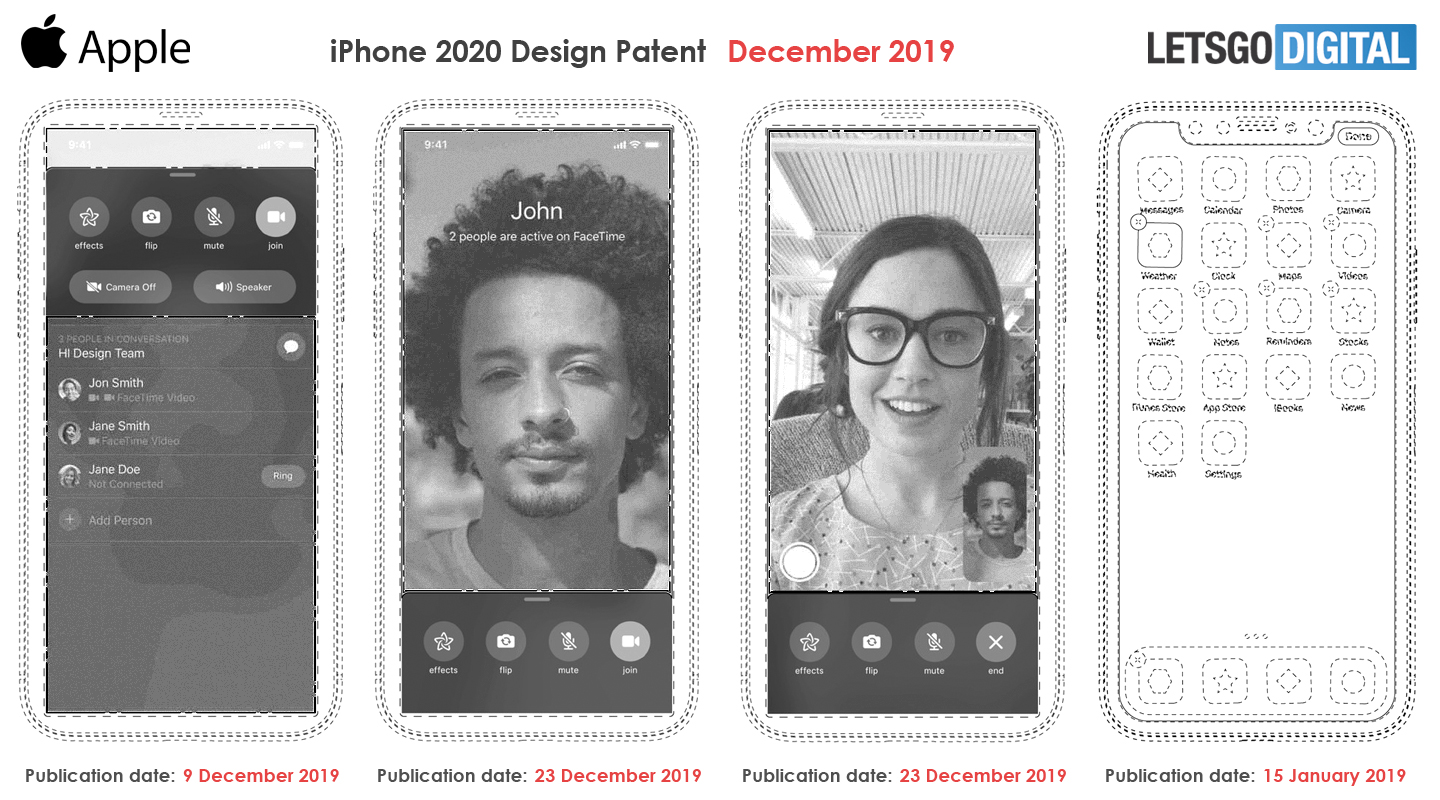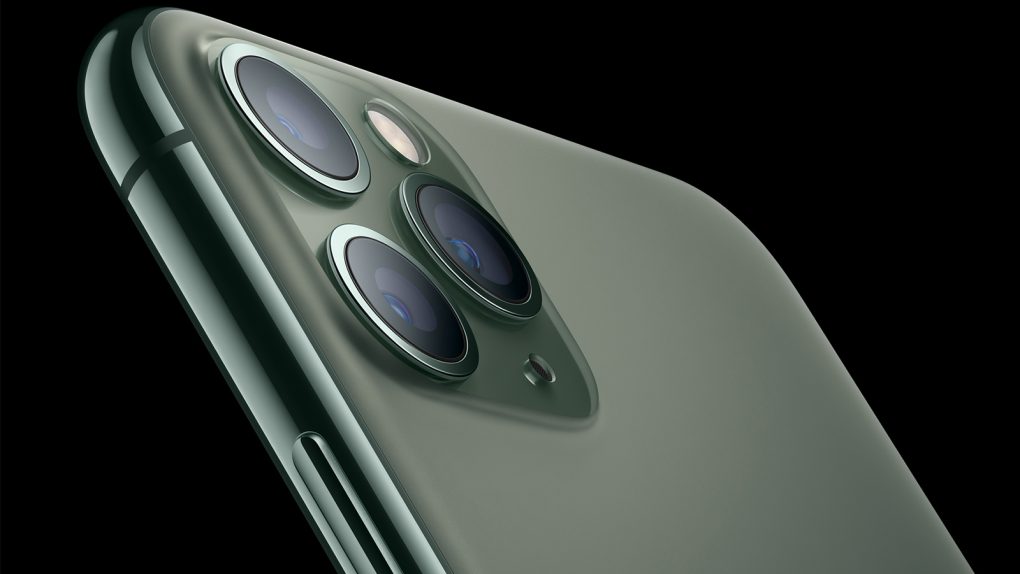The iPhone is expected to get the most significant design change since the iPhone X next year, and that rumor makes a lot of sense, especially considering that the 2020 iPhones will likely come with 5G support out of the box. The iPhone 12, as we’ve been calling the 2020 iPhone series, will have a design inspired by the iconic iPhone 4.
Although we’ve yet to see any leaks, that would mean the phone would feature a new metal frame, although we still expect the iPhone 12 to retain the iPhone 11’s all-screen-with-notch display. However, Apple is already signaling that a massive iPhone makeover is on the way, but it’s unclear whether we should expect it in fall 2020 or later down the road.
The following illustrations come from several Apple patents that Dutch-language blog LetsGoDigital discovered. We’re looking at patent applications that the Japanese Patent Office (JPO) published on December 23rd:

These images indicate a few notable changes that anyone using an iPhone with a notch would notice. First of all, these iPhones have no notch at the top. The display cutout that Apple introduced in 2017, which almost everyone copied in the year that followed, houses the selfie camera and the key components for the 3D face recognition Face ID system.
The absence of the notch means two things. First of all, the selfie camera must be under the screen. Nobody in the industry is ready to eliminate the selfie camera, Apple included. Secondly, the Face ID parts are also placed beneath the display; or the iPhone in the first three images features an in-display fingerprint sensor. The illustrations also suggest that the front speaker, which is also present inside the notch, will be kept in the top bezel.
We’ll quickly remind you that in the months preceding the iPhone X launch, back when we were calling it the iPhone 8, several rumors said that Apple would use in-screen fingerprint scanning tech, which Apple patented years ago. It wasn’t until later in 2017 that more rumors suggested that Touch ID would be replaced with Face ID on the 2017 flagship iPhone.
In-screen fingerprint sensing tech may not have been good enough for Apple’s needs back in 2017, but the technology has evolved, in spite of Samsung’s embarrassing Galaxy S10 security issue. In the future, Apple might return to Touch ID for some phones, and we’ve already seen reports claiming that will happen sooner rather than later. And we might see Touch ID and Face ID on the same device for improved security and convenience.
The second thing to note in the images above is the display corners. Apple’s design patents hint that future iPhones might have screens with rectangular corners, rather than circular ones, as is the case with all the new iPhones that Apple launched after the iPhone X. The patents also suggest the iPhone might have symmetrical bezels around the screen, and it’ll be interesting to see how Apple achieves that, especially with the top speaker still present.
Finally, other images from the patent show that this redesigned iPhone would still feature a camera bump on the back. The button placement, meanwhile, is similar to what the iPhone X introduced a few years ago — the volume rockers and mute button are on the left side, while a larger power button is placed on the right side.
As exciting as the technology described in patent documentation might be, there’s no telling when this iPhone design will make it to market, if it ever does. However, it’s no secret that Apple has been working on the perfect iPhone design since it introduced the first model, and the design above might be a stepping stone towards that perfect all-screen iPhone we all want.








